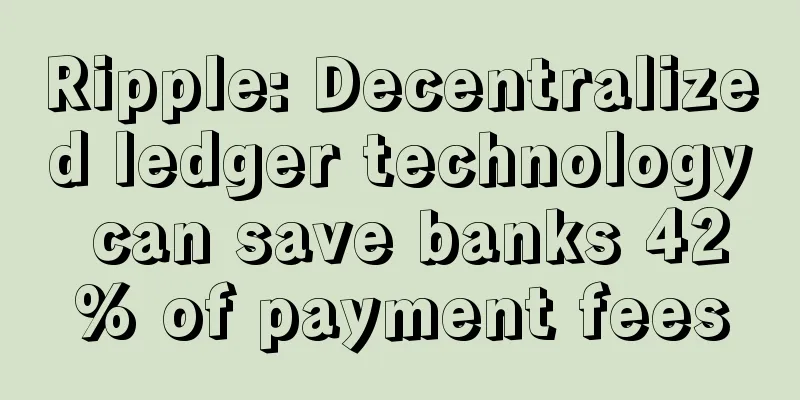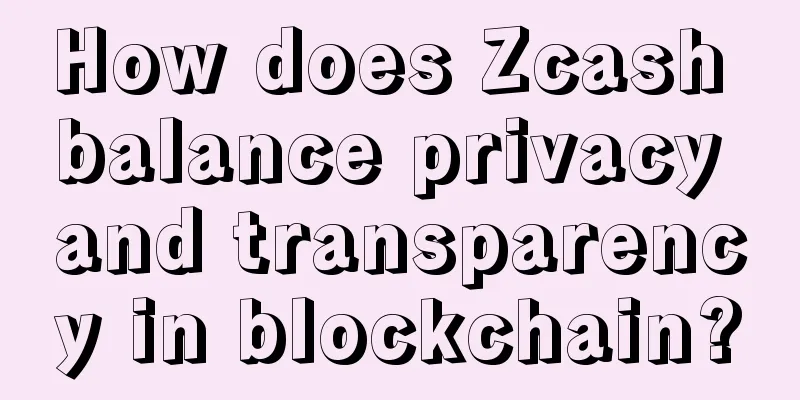Ripple: Decentralized ledger technology can save banks 42% of payment fees

|
Ripple has shown that banks using the Ripple network and its native crypto token XRP for cross-border payments can save up to 42% in fees compared to using today’s banks. The findings were published in a 15-page report published by the decentralized ledger technology (DLT) startup. Titled “The Case for Banks to Cut Costs,” the report clearly provides Ripple’s products that first achieved cost savings. In addition, the report also stated that if the surveyed banks used the Ripple network (without XRP) when making international payments, they could save 33% in fees, 65% in liquidity costs, 48% in payment operating costs, and 99% in Basel III tax execution costs. The findings come at a time when blockchain and decentralized ledger technology are widely touted as having the potential to bring new efficiencies and cost savings to industries, particularly finance. However, information on the level of savings that can be achieved has been scarce, largely because most projects are still in the development stage or behind closed doors. Support for XRP Perhaps the most notable aspect of the report is the impact of XRP, which is used to more easily leverage the Ripple DLT system's permissions and the public market for digital currency exchanges. Recent Ripple announcements also found the company largely obscuring the role of XRP in its system. As described in the report, the Interledger protocol, released in October, seeks to create a way to trade funds between ledgers without “digital assets.” Like Bitcoin and other digital assets, XRP is also a store of value that can be transferred between parties around the world without a central settlement counterparty. But Ripple emphasizes that XRP can also support liquidity between any two currencies and act as a bridge asset. So Ripple claims that using XRP on the Ripple network as a bridge currency can save up to 42% in fees, and that further savings — up to 60% — are possible as usage increases and volatility decreases. As for whether bitcoin and other blockchain platforms can offer similar services, Ripple said that is a “different story.” Cut out the middlemen The bulk of the report consists of an analysis by Ripple of the return on investment for banks using the Ripple network. The company outlined the problem today: cross-border payments need to be processed on behalf of banks through a chain of intermediaries with "potential points of delay, failure and fees". Smaller respondent banks rely on larger correspondent banks to provide liquidity for their cross-currency payments and also need to maintain liquidity in their current accounts (foreign) with correspondent banks. But DLT-based solutions like Ripple achieve "real-time, peer-to-peer settlement", reducing these liquidity requirements. In addition, by providing end-to-end visibility, Ripple also reduces the operational costs associated with handling abnormal failures.
|
<<: California bankruptcy lawyer says Bitcoin is property, not currency
>>: CFTC discusses role of regulation in blockchain
Recommend
Is Bitcoin no longer the "darling"? ADA and DOGE are the most popular cryptocurrencies among eToro users in the United States
According to Cointelegraph, American users of the...
Japan has introduced a series of policies on the legalization of Bitcoin, which has made the price of Bitcoin relatively stable
Golden Finance News - In the past two days, the p...
What happens if the wisdom line is staggered in the middle?
The wisdom line is an important criterion for us ...
The fate of women with thick earlobes
Nowadays, many people have a certain understandin...
Wabi.com has reached cooperation with many well-known companies
Wabi.com has reached a cooperation with Alibaba C...
What does a mole on a man's nose mean?
Mole on left nose By looking at the left wing of ...
Teach you how to tell your fortune from your forehead and how to tell your life from your forehead
The forehead is a very important part in physiogn...
Five Elements Gold Face Pairing for Men and Women
Characteristics of men and women with gold-shaped...
The century-old question: Should the Ethereum Foundation sell its ETC?
The emergence of Ethereum Classic has slightly su...
How to tell fortune from palmistry
Money is the source of life, and a person's f...
Bad sleeping posture can make you lose money
Bad sleeping posture can make you lose money Slee...
Giving up on acquiring Twitter? What awaits Musk is far more than a billion-dollar "breakup fee"!
Tesla CEO Elon Musk may be too naive to pay $1 bi...
Bitcoin price hits 3-year high, RMB continues to fall may be the main reason
Chinese investors' frenzy in buying Bitcoin o...
BitDeer Lu Haiyi: How many bitcoins were lost due to China’s “power abandonment” in 2018?
Haiyi Original | The lifeline of the mining indus...
Is the cinnabar mole between the eyebrows? Very good luck with noble people
There are often some sayings about a person, and ...









